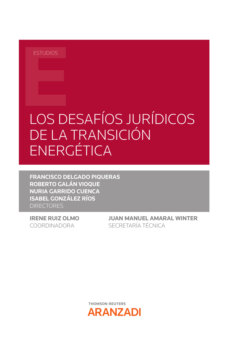Читать книгу Los Desafíos Jurídicos de la Transición Energética - Isabel González Ríos - Страница 67
На сайте Литреса книга снята с продажи.
2. THE NEW REGULATION FOR BIDDING ZONES a) Main Principles
ОглавлениеEstablished bidding zones can be modified and it is an obligation for any involved Member States to take all appropriate measures to address congestion issues57. Therefore, the Internal Market for Electricity Regulation [regulation (EU) 943/2019] provides the following rules:
• Bidding zone borders shall be based on long-term, structural congestions in the transmission network.
• Bidding zones shall not contain such structural congestions (unless they have no impact on neighbouring bidding zones, or, as a temporary exemption, their impact on neighbouring bidding zones is mitigated through the use of remedial actions and those structural congestions do not lead to reductions of cross-zonal trading capacity)58.
• The configuration of bidding zones shall be designed in such a way as to maximise economic efficiency and to maximise cross-zonal trading opportunities while maintaining security of supply59.
Distortions to competition is to be avoided where possible, although such a distortion may result from differing safety, operational and planning standards used by transmission system operators. Therefore, available transfer capacities, security, planning and operational standards that may affect the available transfer capacities need to be made transparent60.
To steer the necessary investments for a expanding the network efficiently, price levels are used as the key signal to determine where electricity is most needed. However, for this locational signal to be correct a “coherent, objective and reliable determination of bidding zones via a transparent process” is required61. In this regard, the Internal Market for Electricity Regulation [regulation (EU) 943/2019] explicitly mentions cross-zonal capacity, which should not be reduced to resolve internal congestion62.
